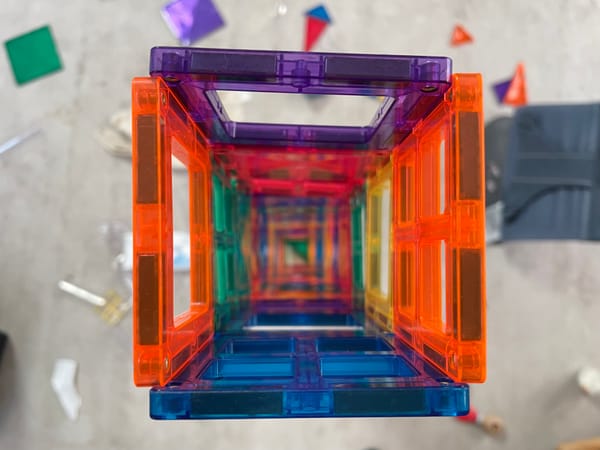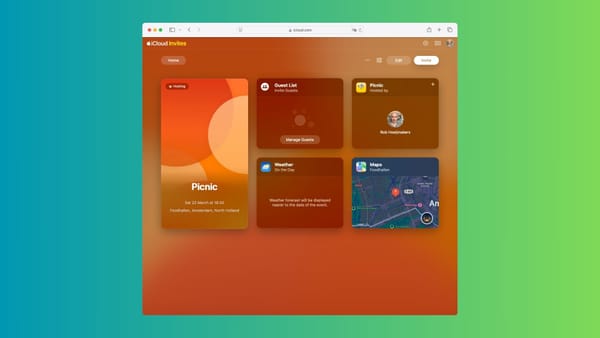Why Can't We Transcribe Phone Calls in the EU?
EU phone calls remain in the past. While video calls get AI transcription, mobile and VoIP calls don’t. A privacy issue or just a lack of will? Time for change.

A Simple Wish: Transcribing Calls
Apple is rolling out call transcription in iOS 18, but not in the EU. The US gets it, but here, we're stuck in the past. The same applies to WhatsApp calls and voice messages—no transcription available.
This isn't just a minor inconvenience. Transcription is an essential tool for productivity, allowing people to revisit conversations, search for key points, and work more efficiently. I often prefer calling over video calls—it saves bandwidth and is less distracting—but without transcription, phone calls feel like an outdated communication method.
The Privacy Roadblock
The EU’s strict privacy regulations, including GDPR and the ePrivacy Directive, complicate call transcription. The requirement for explicit consent makes implementation tricky, though video conferencing apps like Zoom and Microsoft Teams have figured it out. If transcribing video meetings is allowed, why not phone calls?
Apple and Android: A Fragmented Landscape
Apple emphasizes privacy but still offers call transcription in other regions. Why not here? Google, meanwhile, has cracked down on call recording apps, making it harder to find a reliable, GDPR-compliant transcription tool for Android.
WhatsApp, the dominant calling app in the EU, also doesn’t offer transcription. While iOS transcribes voice messages, it’s unclear if that feature will roll out in the EU. The result? We’re left manually taking notes during calls—hardly an efficient solution.
Workarounds Aren’t Enough
Sure, you can put your phone on speaker and record with another device, but that’s clunky and unreliable. Manual note-taking is time-consuming and prone to errors. Meanwhile, LLMs have made transcription more powerful than ever, with the ability to generate summaries and extract action points—if only we had access to them.
A Call for Change
Tech companies like Apple, Google, and Meta need to prioritize GDPR-compliant transcription. Solutions should:
- Focus on transcription rather than recording.
- Use LLMs for summarization and action item extraction.
- Implement simple, clear consent mechanisms.
- Be seamlessly integrated into phones and communication apps.
The EU has an opportunity to balance privacy with innovation. We need to push for better transcription options—whether for mobile calls, VoIP calls, or voice messages.
What Do You Think?
Are you frustrated by the lack of call transcription in the EU? Would you use phone calls more if transcription were available? Let’s discuss in the comments and push for change.





